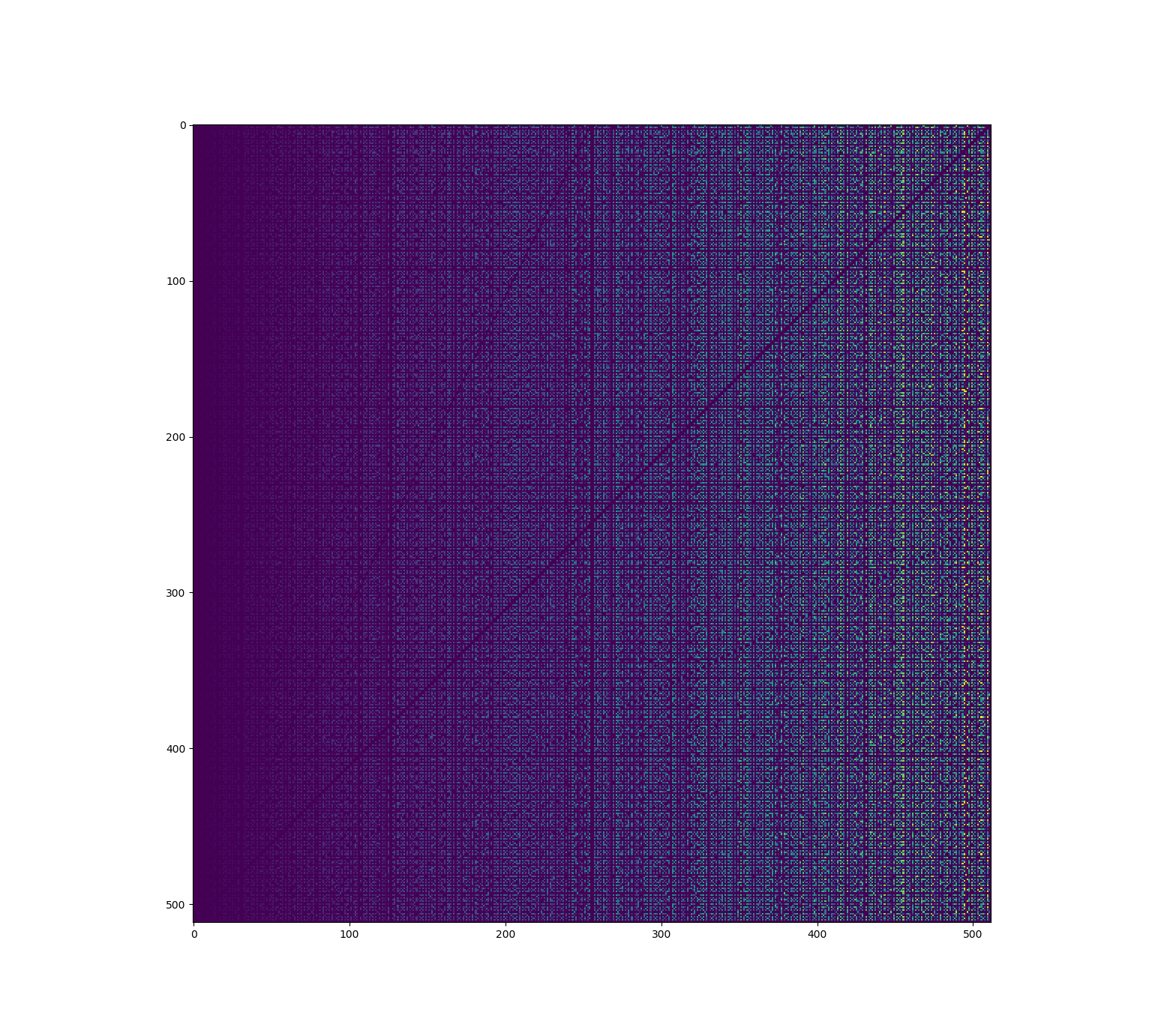


For example value of (6) 6 (1-1/2) (1 1/3) 2. The counts of the number of solutions for 1,3,5,7. The formula basically says that the value of (n) is equal to n multiplied by-product of (1 1/p) for all prime factors p of n. It is written using the Greek letter phi as or, and may also be called Eulers phi function. Where \(a\) and \(n\) are relatively prime \((gcd(a, n) = 1)\). The idea is based on Euler’s product formula which states that the value of totient functions is below the product overall prime factors p of n. In number theory, Eulers totient function counts the positive integers up to a given integer n that are relatively prime to n. For example, the divisors of \(13\) are \(1\) and \(13\) which have totients \(1\) and \(12\) and \(1 + 12 = 13\).Įuler generalised Fermat’s Little Theorem. On the image of Euler’s totient function R.Coleman Laboratoire LJK-Universit´e de Grenoble, Tour-IRMA, 51, rue des Math´ematiques, Domaine universitaire de Saint-Martin-d’Heres, France. \(\displaystyle \varphi(n) = n\prod_ \varphi(d) = 12\)įor a prime number the sum is very simple. The totient function is denoted by \(\varphi(n)\).Įuler’s product formula for the function is : These numbers are called the totatives of \(n\). Euler’s totient function counts the number of positive integers up to \(n\) that are relatively prime to \(n\), where \(1\) is considered to be relatively prime to all \(n\).


 0 kommentar(er)
0 kommentar(er)
